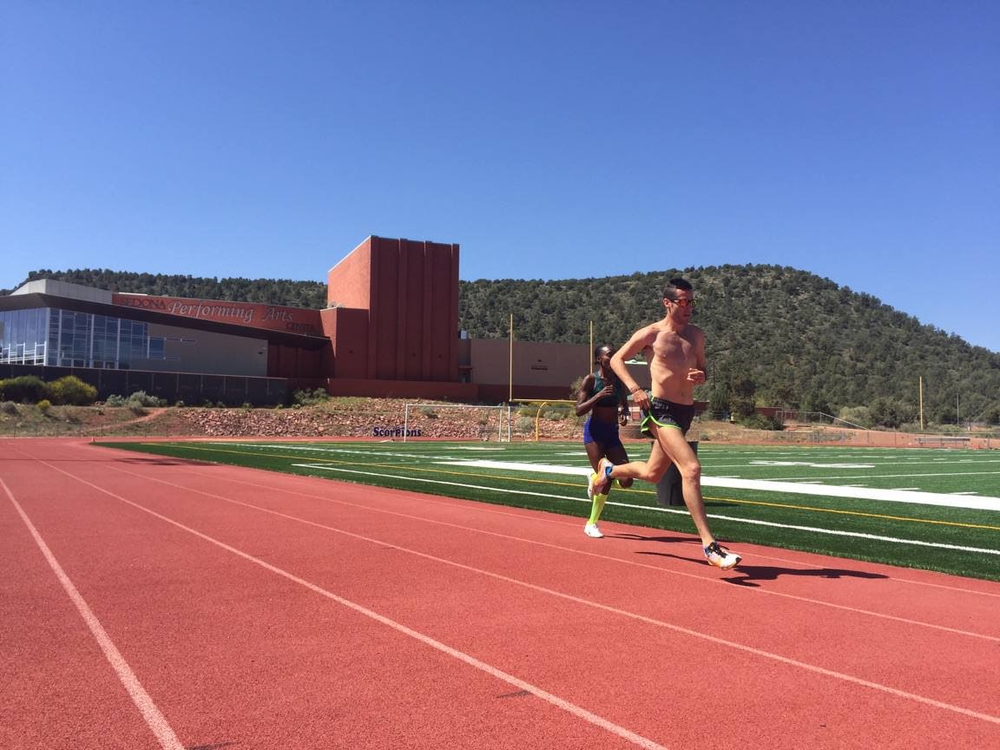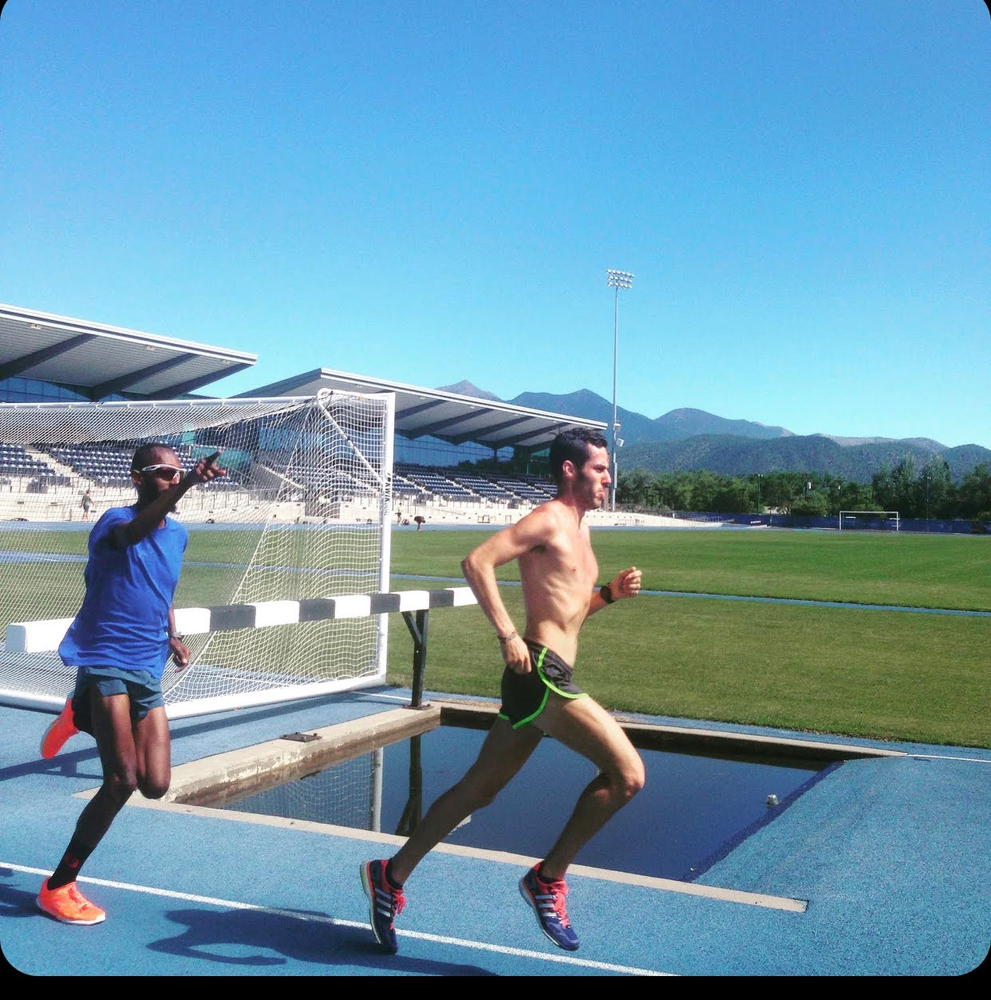The Ultimate Guide to Running Strides: Boost Your Speed and Efficiency
I use strides quite a bit in the training I write for runners.
I was just explaining and talking about strides with an athlete I coach. After going over some details it inspired me to write up an explanation and give some other thoughts around strides and why we do them. I made a video with some examples and my thoughts and how strides and Zone 2 training compliment each other really well.
Strides and Zone 2 Training
With how popular Zone 2 training has gotten, I thought this would be a good time to go over why something like strides is a perfect complement to that type of training. Zone 2 focuses on easy runs in Zone 2, on a 5 Zone system Zone 2 is the second slowest. This zone keeps things primarily aerobic and really limits waste product buildup, like lactic acid (via hydrogen atoms). And Zone 2 is great. But it’s just a smart way to train easy runs. It’s not a training program. It’s one piece of the puzzle. For many folks Zone 2 won’t be much stimulus on their musculoskeletal system. Meaning we might develop our low end aerobic system but we won’t build the kind of muscles, joints, tissues, and ligaments we need to run at our full potential. Incorporating Strides is a good next step to make a training program more complete.
What Are Running Strides?
Definition and Purpose of Strides
-
- Running strides are short, 20-30 second accelerations with exaggerated running form, improving running form and speed, reducing the risk of running injuries.
-
- Strides are a running drill that involves short bursts of sprinting at a very fast pace, focusing on building up speed until reaching maximum speed by the end of the stride rep.
- They can be performed as part of a warm-up, as a standalone workout, or as a way to add speed work to a regular run.

Benefits of Running Strides
Improved Speed and Efficiency through Running Form
-
- Running strides improves running form, helps loosen up muscles, and prevents running injuries.
-
- Strides can be part of your warm-up before a tough race or workout, as part of your dynamic stretching routine.
-
- According to the American Council on Exercise, doing short speed workouts like strides helps improve lean muscle tissue and offers anti-aging benefits.
-
- Strides can improve running economy, allowing runners to run faster with less effort.
How to Incorporate Running Strides into Your Training
When to Run Strides
-
- Incorporate running strides into your training at least once a week and up to 3 times a week to boost your speed and running form.
-
- Try doing a few strides in the middle of your regular run to start training your body to do speed workouts.
-
- You can also do strides after one of your base runs to work on leg speed and turnover when your body is already fatigued.

Running Strides Technique
Proper Form and Foot Strike
-
- Find a flat place to run about 100 meters, such as a track, park, trail, or road.
-
- Begin running your stride by taking exaggerated steps and pumping your arms up and down.
-
- Start out running at an easy, relaxed pace and build up your speed as you run.
-
- Focus on proper running form, with a midfoot or forefoot strike, and quick turnover.
Creating a Speed Workout with Running Strides
Structuring a Stride-Based Training Plan
-
- Strides can be added to a training plan as a standalone workout or as part of a regular run.
-
- Sample strides workouts can be used as a starting point for incorporating running strides into a training plan.
-
- Consider doing 4-8 stride-outs, with each stride building up speed until reaching maximum speed.
Avoiding Injury and Burnout
Importance of Proper Warm-up, Cool-down, and Recovery
-
- Consult a physician before starting an exercise program.
-
- Warm up properly before each workout, including dynamic stretches to prime fast-twitch muscle fibers.
-
- Rest and recover adequately between workouts, and pay attention to your body and stop if you experience pain or discomfort.
Here’s the instructions I usually give on strides
Easy Run with Strides
Strides are not a full-out sprint –more a gradual increase in speed with a focus on maintaining good running form.
Therefore, strides should not be run at maximum effort.
A perceived RPE of 8-9/10 or an effort of between 80-90% of your maximum speed is what you should be aiming for. Really fast while maintaining normal running form. If the speed is forcing you to flail your arms or head, it’s too fast and hard, slow down a little. As fast as you can run while being very smooth. Fast is smooth, Smooth is fast.
Strides reinforce good form and technique and they remind your body of how it should feel when working anaerobically.
By running strides at the end of your runs, your body will develop the ability to switch from the slow-twitch fibers of aerobic running to the fast-twitch fibers of anaerobic running.
Strides are also a great way to improve your biomechanics and efficiency when running aerobically. By training your body to run at quicker paces, you’ll increase your ability to feel comfortable and in control while running at all of your training paces.
The regular running of strides before high-intensity training sessions and races will ensure you have warmed up effectively and prepared your body for the quick start, lowering the risk of picking up an injury.
Find a straight of between 50 and 100m where you’re not likely to face any obstacles in the form of other runners or traffic!
Start slowly and gradually increase your pace.
Focus on feeling relaxed and in control.
Don’t aim to run as fast as possible!
A slight forward lean of the upper body will help you feel relaxed.
Jog or walk back to the start after every stride.
Final Thoughts on Running Strides
Recap of the Benefits and Importance of Strides
-
- Running strides are a simple and effective way to improve your running, without taking much time.
-
- Strides can be beneficial for distance runners, sprinters, and beginners alike, improving maximum speed, neuromuscular coordination, and turnover.
-
- Incorporate running strides into your training to boost your speed and running efficiency, and see the benefits for yourself!



